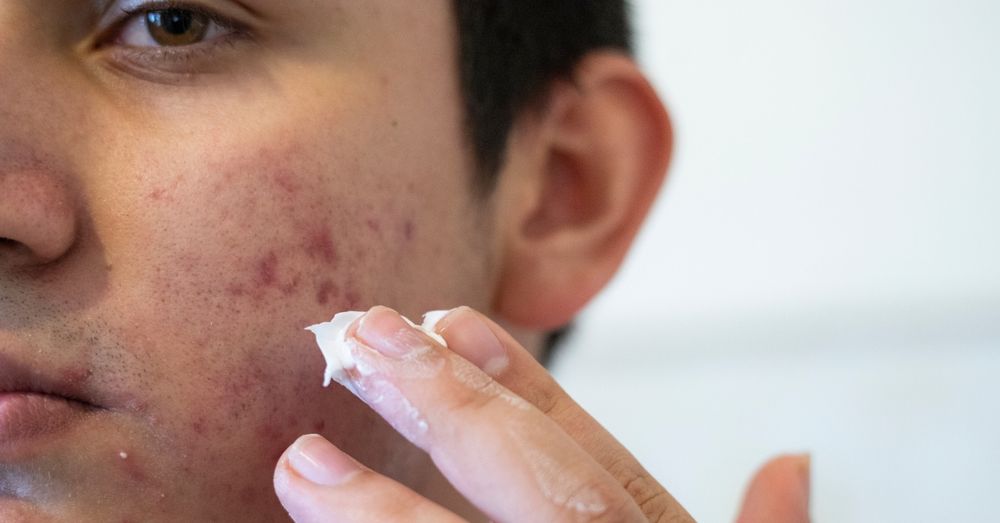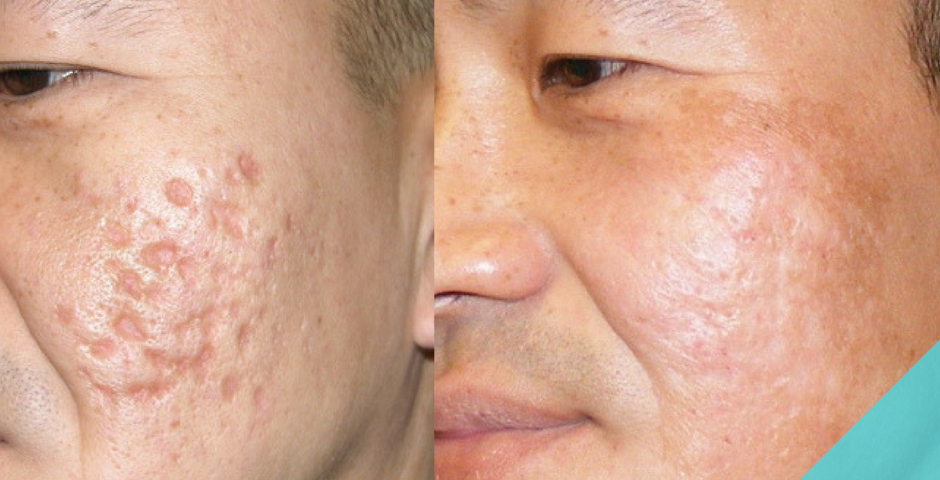Skin Rejuvenation Treatments: Rejuvenate Your Skin and Reduce Acne Scars
Skin Rejuvenation Treatments: Rejuvenate Your Skin and Reduce Acne Scars
Blog Article
Discovering Skin Problem: Identifying and Treating Acne Scars for Healthier Skin
Acne marks represent a substantial worry for people looking for to keep healthy and balanced skin, as they can affect both appearance and self-worth. Recognizing the different types of marks, from atrophic to hypertrophic, is essential for determining suitable treatment options.
Comprehending Acne Scars

The body's all-natural recovery process can lead to either atrophic marks, which show up as clinical depressions in the skin, or hypertrophic marks, which are raised and arise from overflow of collagen. In addition, the psychological toll of acne scars need to not be ignored; numerous people report sensations of embarrassment, stress and anxiety, and reduced self-confidence. This emotional problem can influence social interactions and total lifestyle.
Addressing acne marks requires an extensive understanding of their formation and influence. Recognition of the capacity for long-lasting consequences connected with neglected scars can motivate people to look for proper therapies. Early intervention and reliable monitoring approaches can considerably enhance skin look and enhance emotional durability, stressing the value of recognizing the complexities surrounding acne marks.
Types of Acne Marks
Acne scars can be categorized right into distinctive kinds, each exhibiting unique attributes and requiring details treatment approaches. acne treatment for sensitive skin. The main kinds of acne scars include atrophic, hypertrophic, and keloid marks

Hypertrophic marks, on the other hand, are raised over the skin degree and are the outcome of extreme collagen manufacturing during the recovery process. They normally stay within the borders of the initial acne lesion. Keloid scars are comparable however prolong past the original injury site, forming larger, increased locations that can be excruciating or scratchy.
Understanding these types of scars is essential for picking appropriate therapy alternatives. Different scars may respond better to specific treatments, such as laser treatments, fillers, or surgical interventions, stressing the value of a customized technique to acne scar monitoring.
Identifying Your Marks
Acne scars normally drop right into two categories: atrophic and hypertrophic scars. These can further be identified right into ice-pick scars, boxcar marks, and rolling marks, each exhibiting distinct features and requiring various strategies for evaluation.
Hypertrophic scars, on the various other hand, are raised and happen because of extreme collagen manufacturing during the healing process. Acknowledging the specific features of your scars-- such as size, deepness, and appearance-- is necessary for proper recognition (acne scars). Furthermore, think about the website link circulation of marks throughout your skin, as this can indicate the extent and period of the acne problem
Engaging with a dermatologist can supply valuable understandings into the nature of your scars, assisting in the distinction between numerous kinds. An extensive understanding of your scars will inevitably cause a more tailored and efficient therapy plan, making sure a more clear and healthier skin tone.
Treatment Options Readily Available
Recognizing the specific kind of acne scars present on your skin lays the groundwork for checking out effective therapy alternatives. Typical sorts of acne scars include atrophic (depressed), hypertrophic (raised), and post-inflammatory erythema.
For atrophic scars, options such as chemical peels, microneedling, and laser resurfacing are extensively made use of. Chemical peels use acids to get rid of the external layer of skin, promoting new cell growth. Microneedling involves small needles that produce micro-injuries, stimulating collagen production. Laser resurfacing targets harmed skin cells, enhancing structure and tone.
Hypertrophic scars can be treated with corticosteroid injections to flatten the mark or laser treatment to lower redness and enhance appearance. Silicone gel sheets and pressure dressings may also aid in handling increased scars.
In addition, dermal fillers can temporarily load in anxieties from atrophic marks, while surgical excision may be appropriate for severe cases. Each treatment alternative has its considerations and benefits, making it necessary to speak with a dermatologist. They can supply personalized referrals based on the type and intensity of your scars, in addition the original source to your skin kind and total health.
Tips for Avoidance
Effective prevention approaches can significantly reduce the possibility of creating acne marks. The primary step is to keep a consistent skin care regimen that includes mild cleansing, exfoliation, and hydrating. Utilizing non-comedogenic items aids protect against clogged pores, which can intensify acne. Furthermore, incorporating topical treatments consisting of salicylic acid or benzoyl peroxide can successfully take care of outbreaks and reduce inflammation.
Staying clear of the desire to select or pop acne lesions is vital, as this can result in deeper skin damages and enhance the threat of scarring. Rather, think about making use of a cold compress or over-the-counter treatments to minimize swelling and redness.
Sunlight defense is another important aspect of avoidance; ultraviolet (UV) rays can darken marks and hinder the recovery procedure. a knockout post Using a broad-spectrum sun block with at the very least SPF 30 daily can secure the skin and promote also recovery.
Last but not least, keeping a balanced diet plan rich in vitamins, minerals, and anti-oxidants sustains skin wellness and healing. Remaining moisturized and taking care of stress and anxiety degrees can also play a significant role in decreasing acne flare-ups. By carrying out these approaches, individuals can considerably lessen their possibilities of developing acne marks.
Verdict
In conclusion, understanding and recognizing acne marks is crucial for effective treatment and accomplishing healthier skin. Numerous kinds of acne scars, including hypertrophic and atrophic marks, necessitate certain interventions tailored to private demands.
The body's natural healing procedure can result in either atrophic marks, which appear as clinical depressions in the skin, or hypertrophic scars, which are elevated and result from overproduction of collagen. They are more split into three subtypes: ice pick scars, boxcar scars, and rolling marks. Acne marks generally drop right into 2 classifications: atrophic and hypertrophic marks. These can better be categorized into ice-pick scars, boxcar scars, and rolling marks, each displaying unique features and needing various techniques for assessment.
Different kinds of acne marks, consisting of atrophic and hypertrophic marks, require certain treatments tailored to individual needs.
Report this page